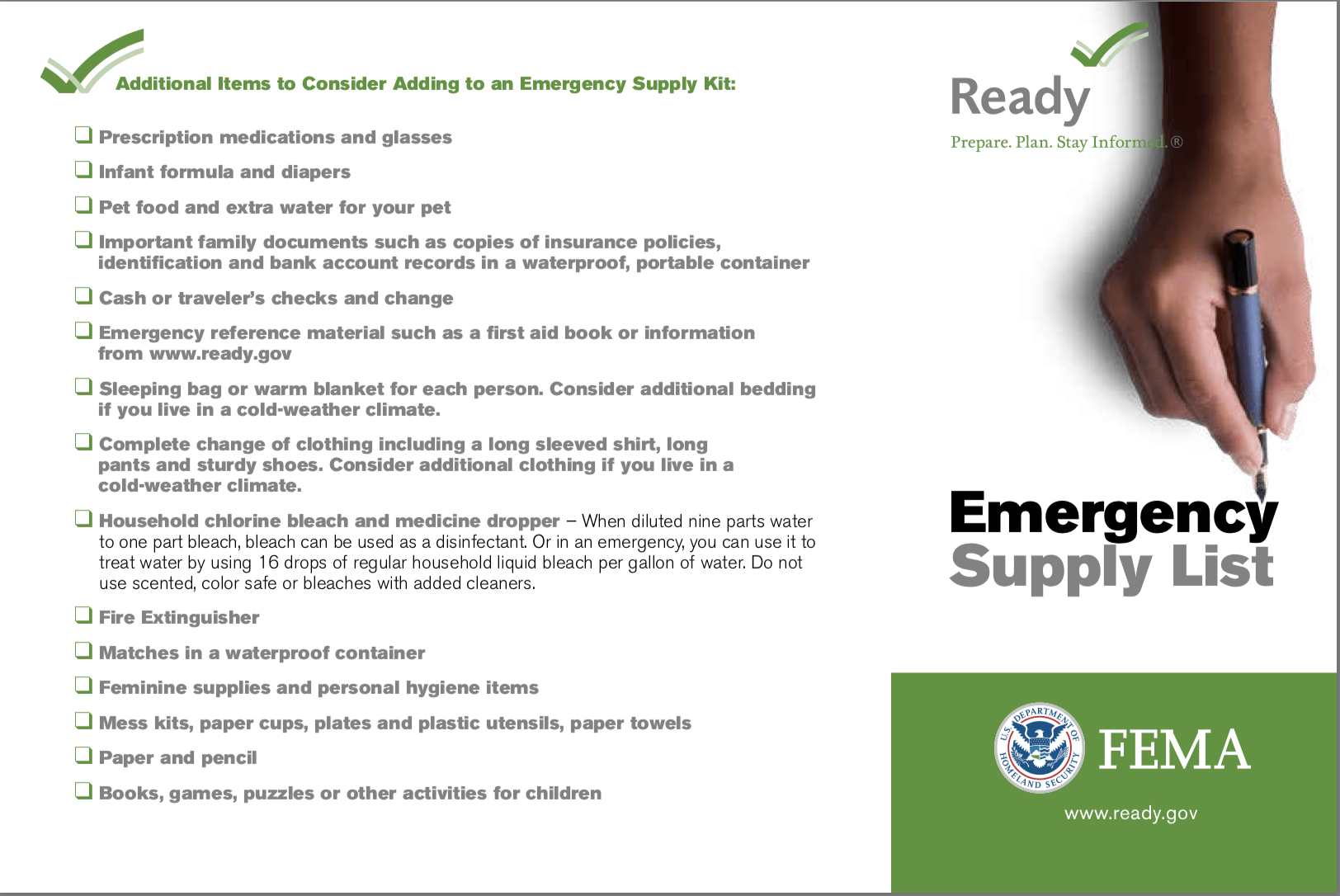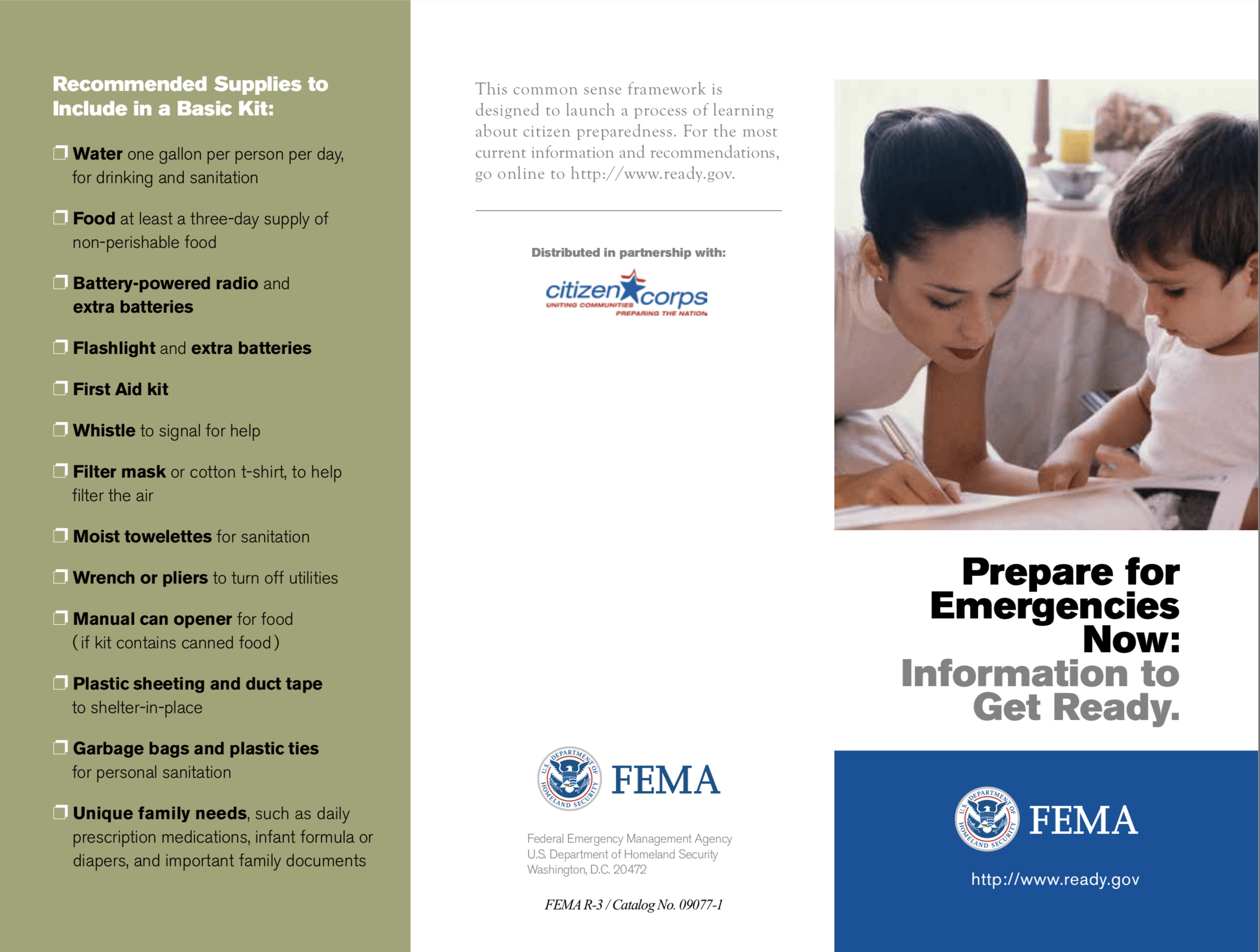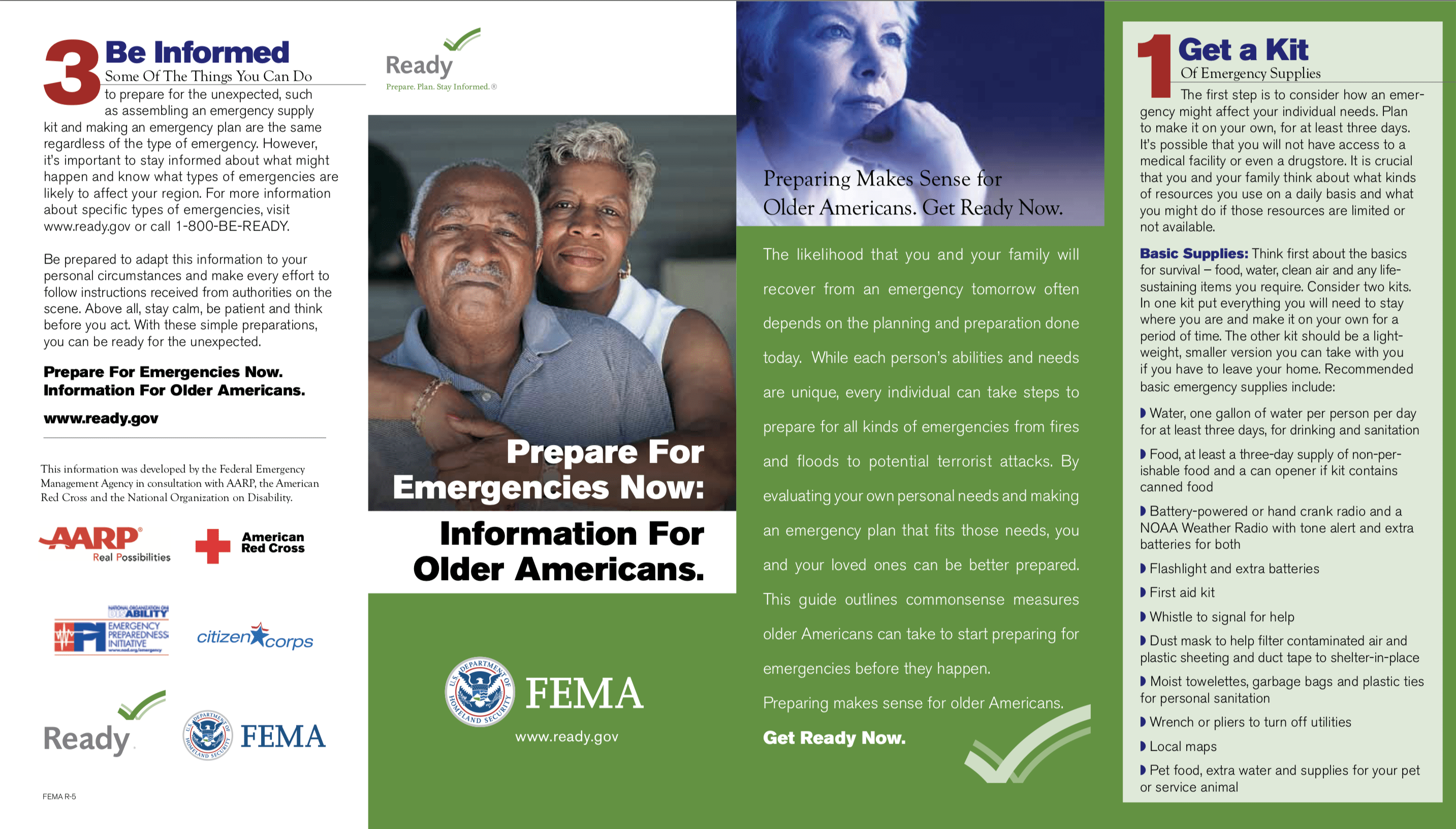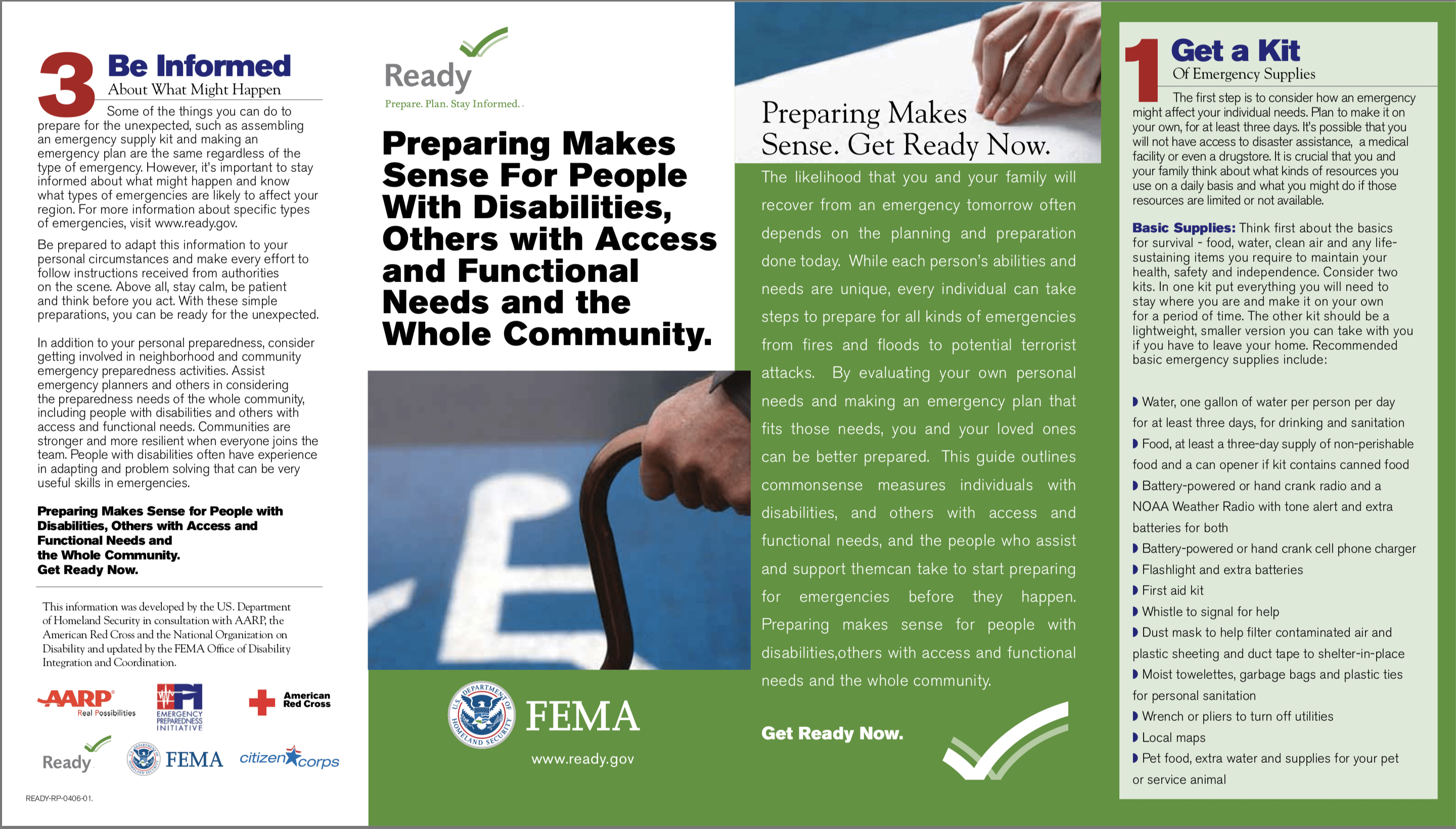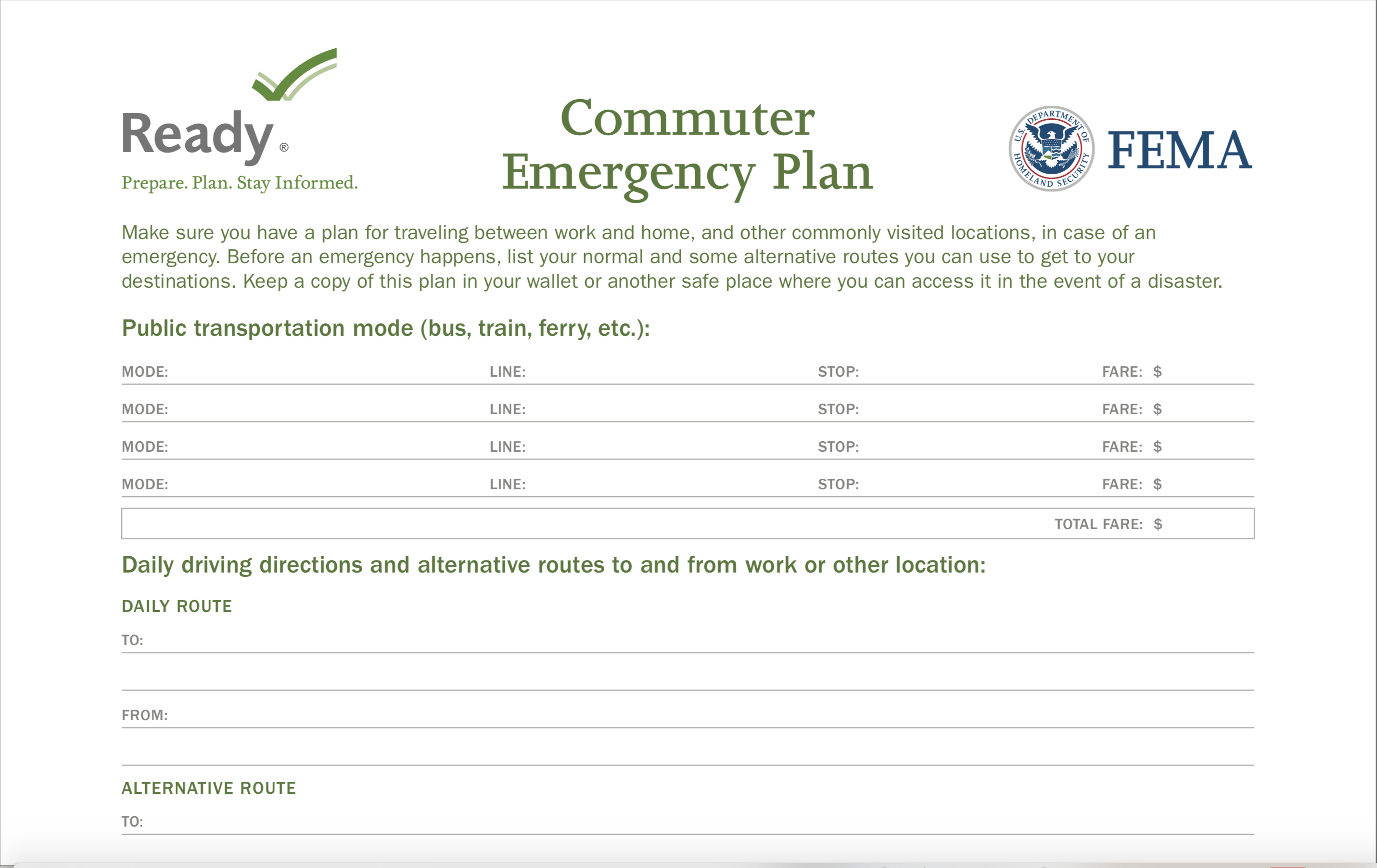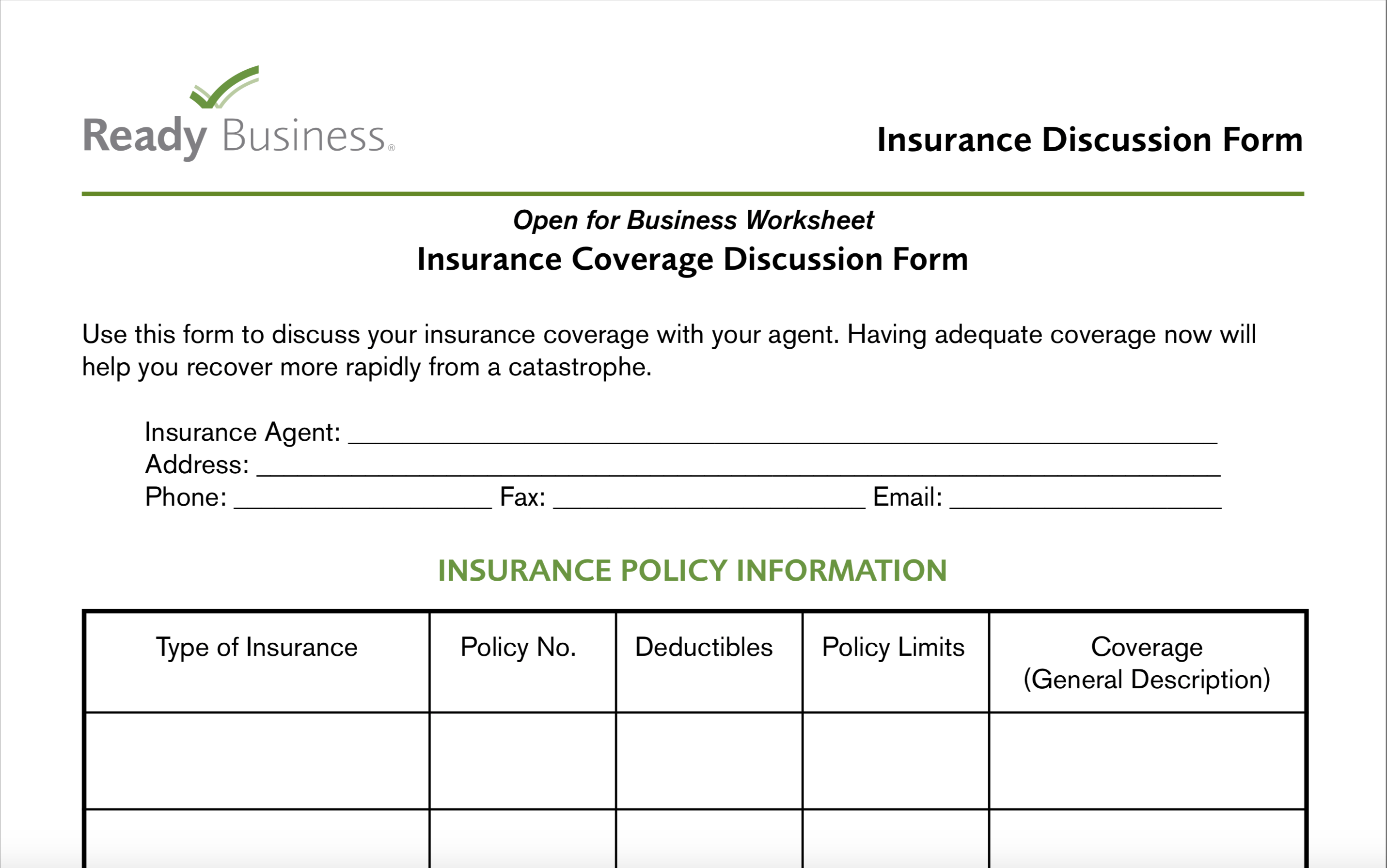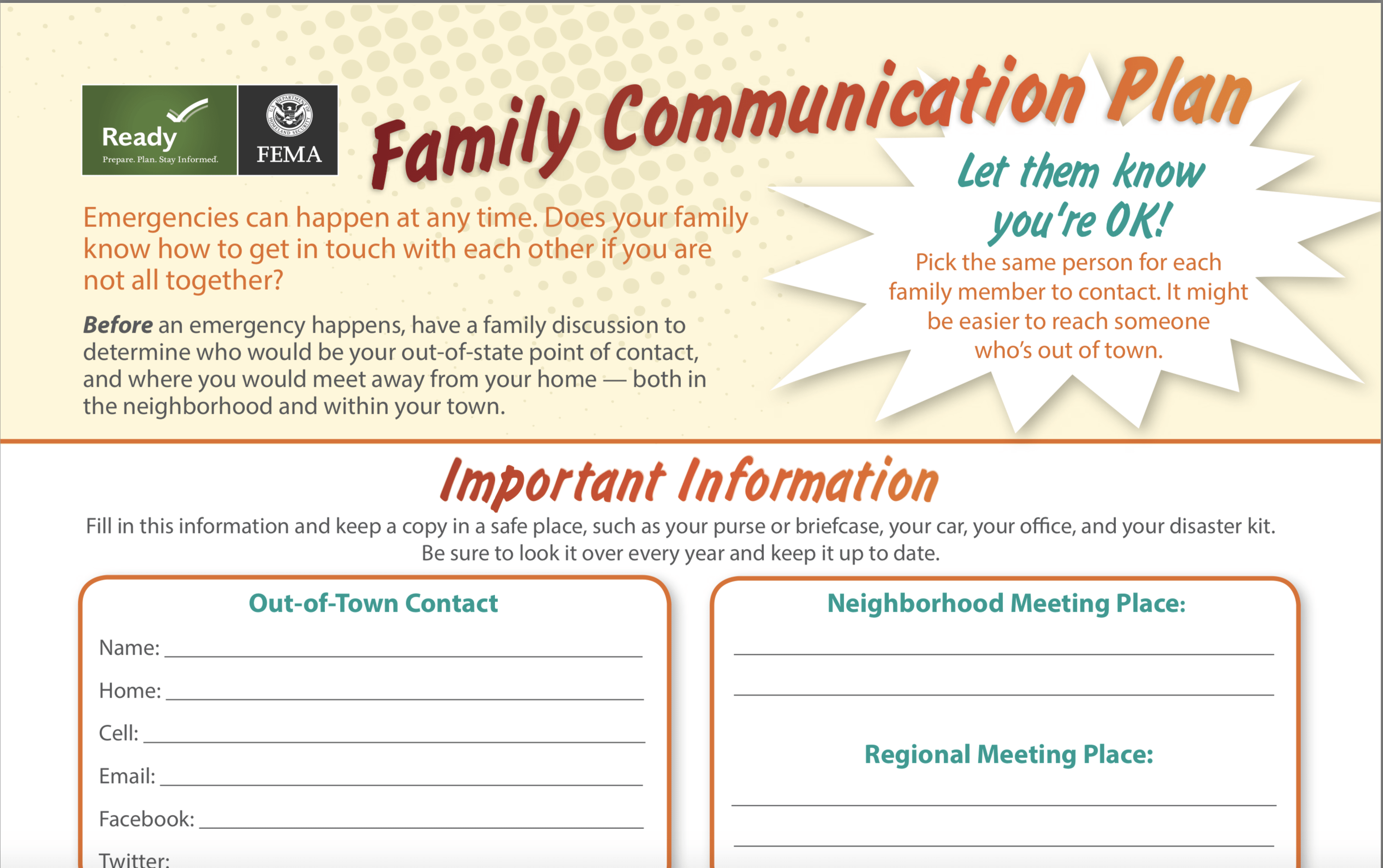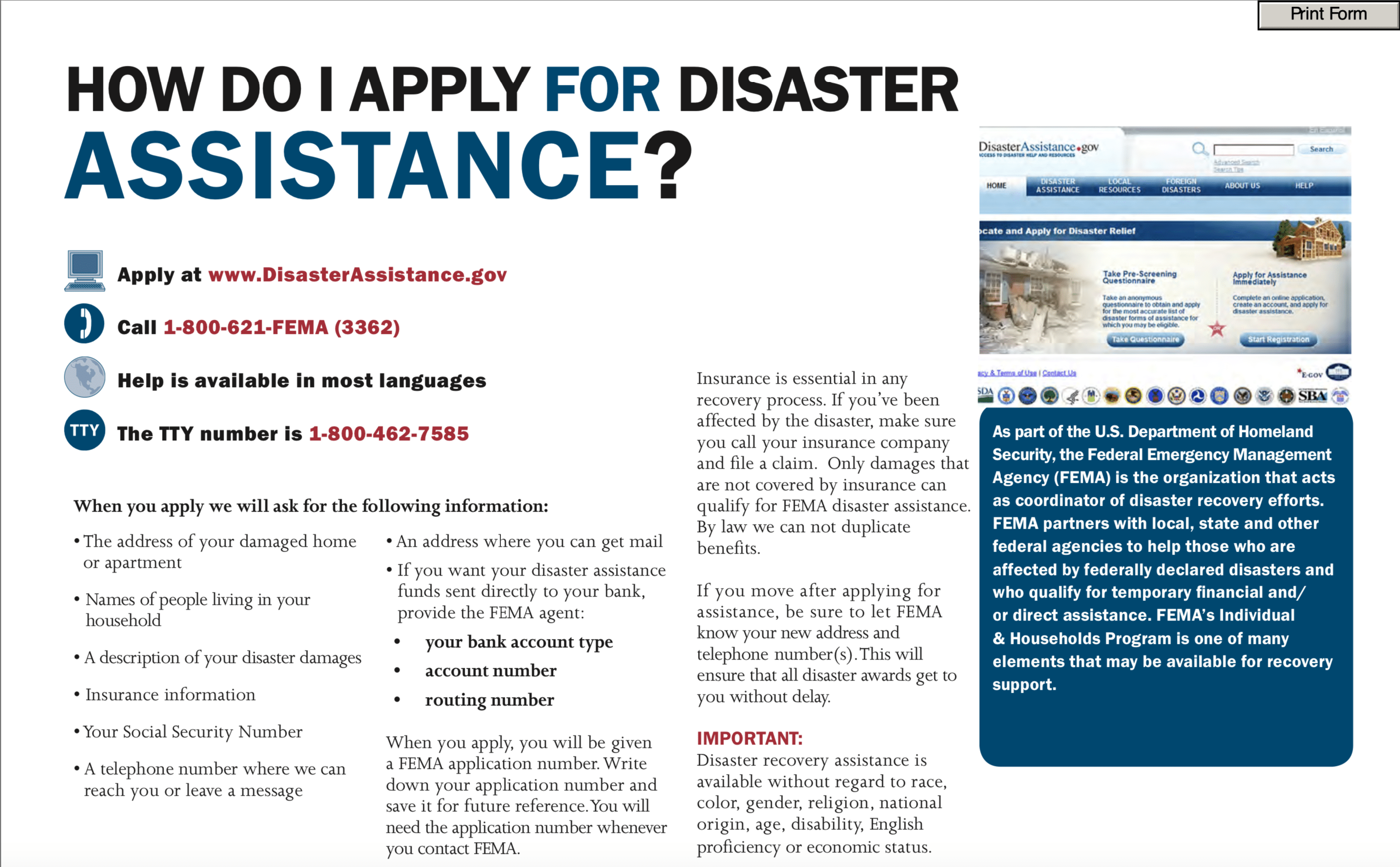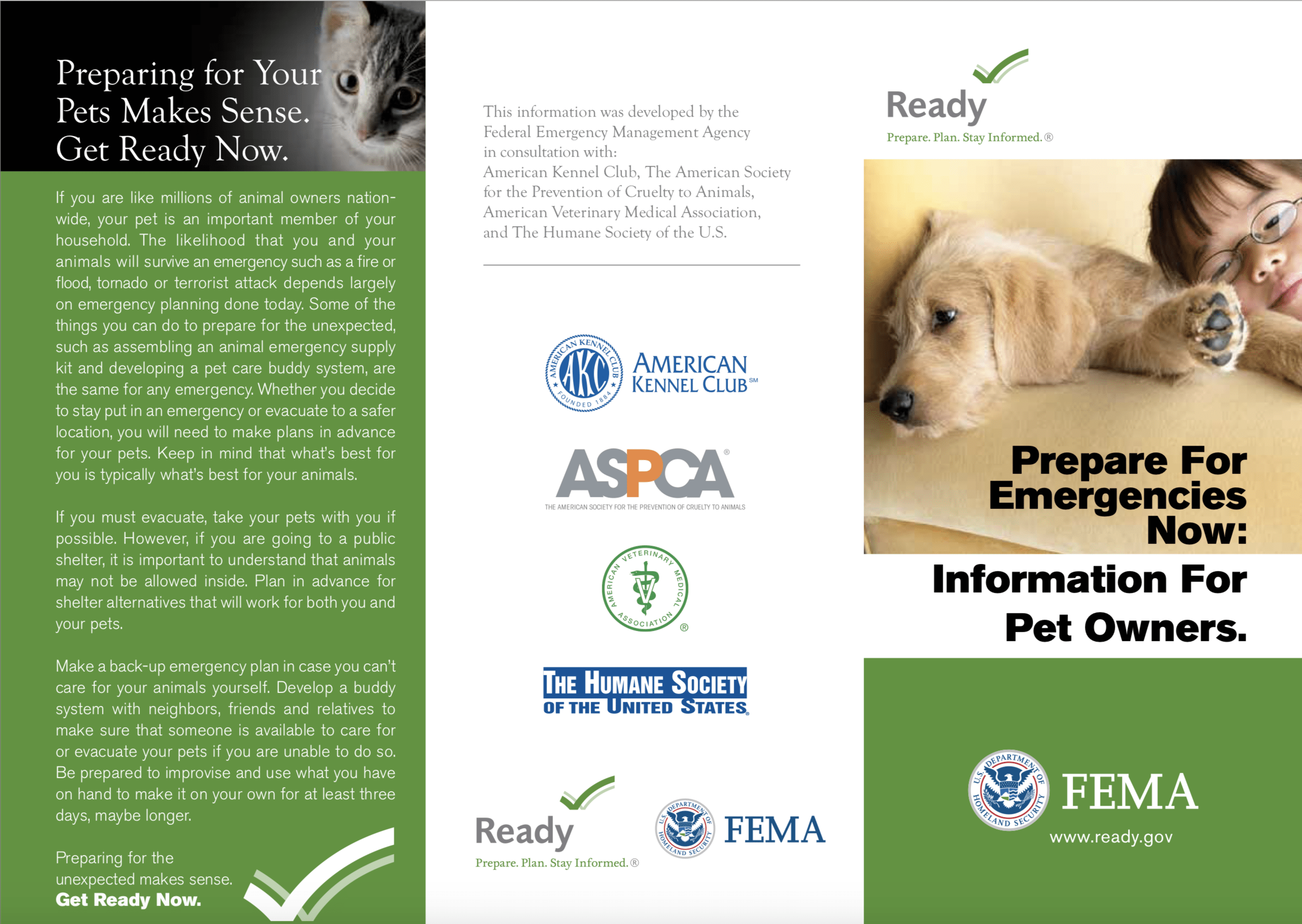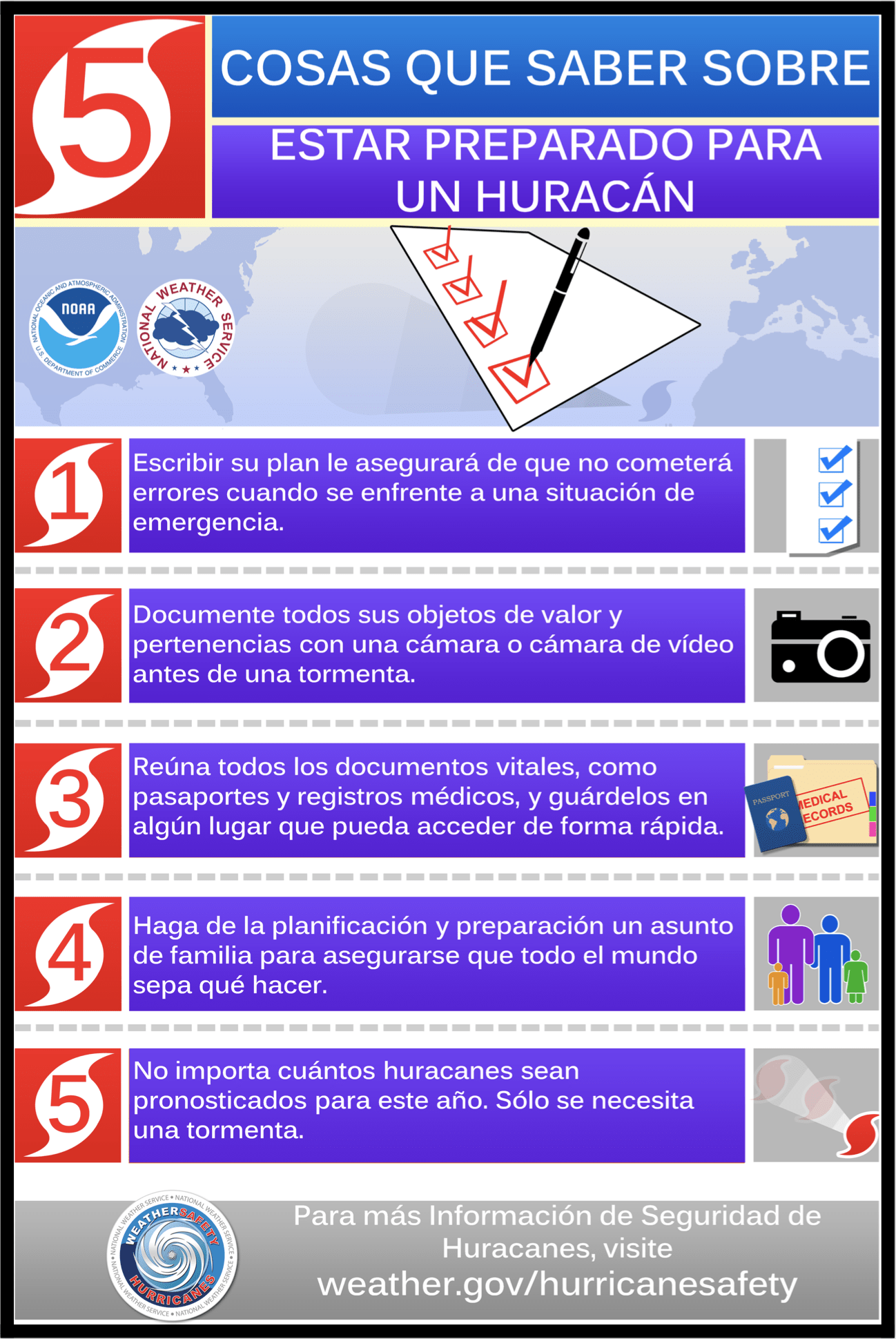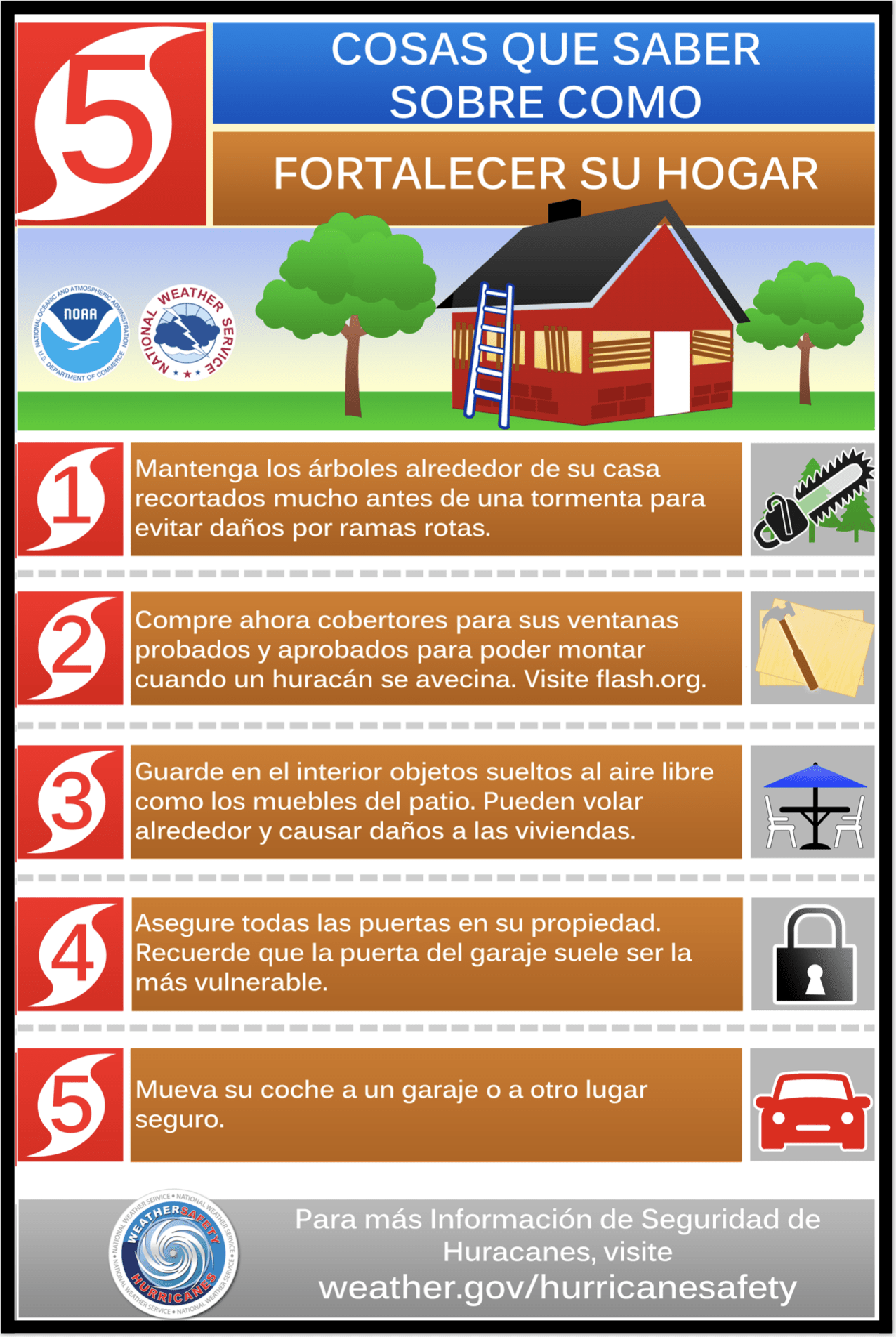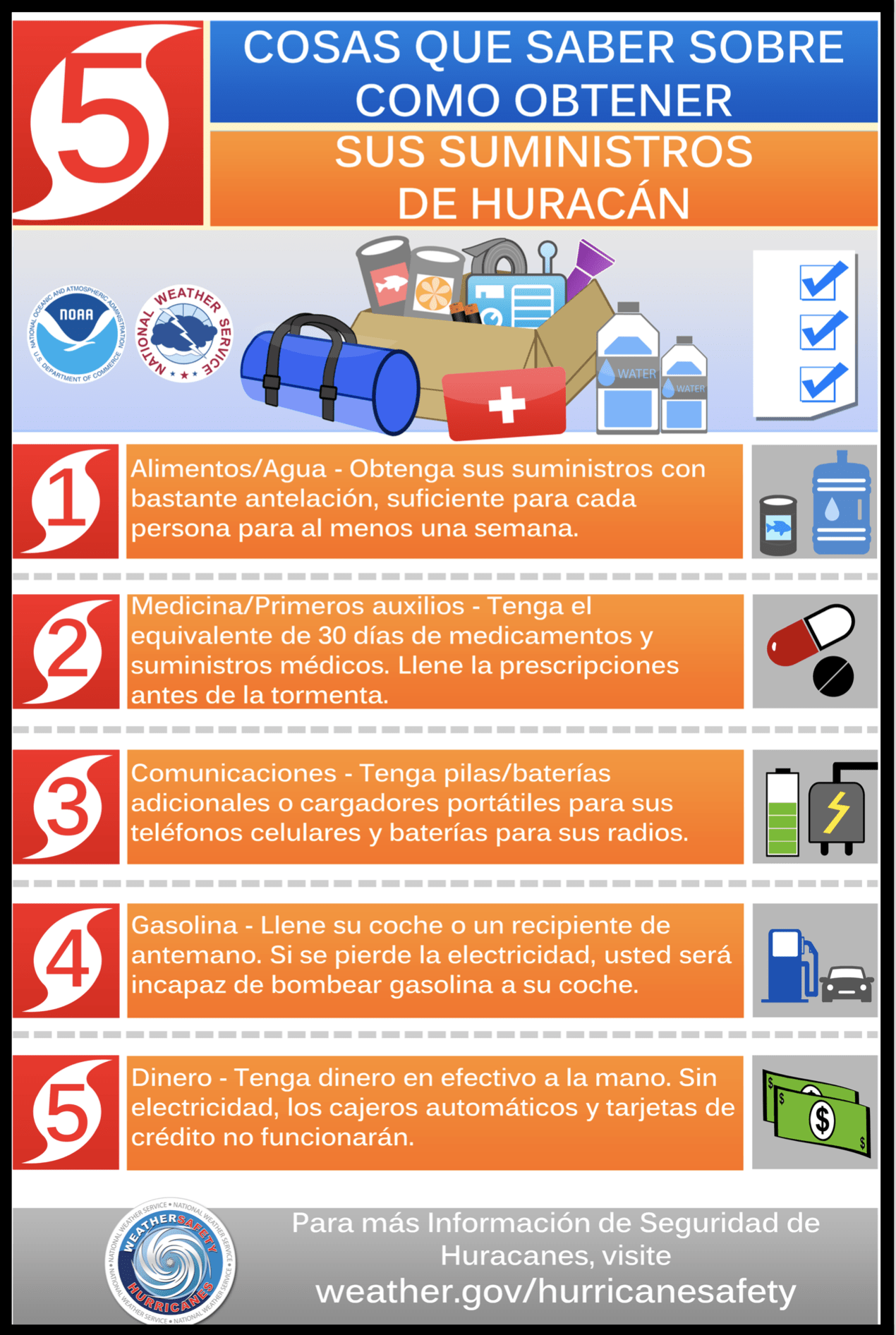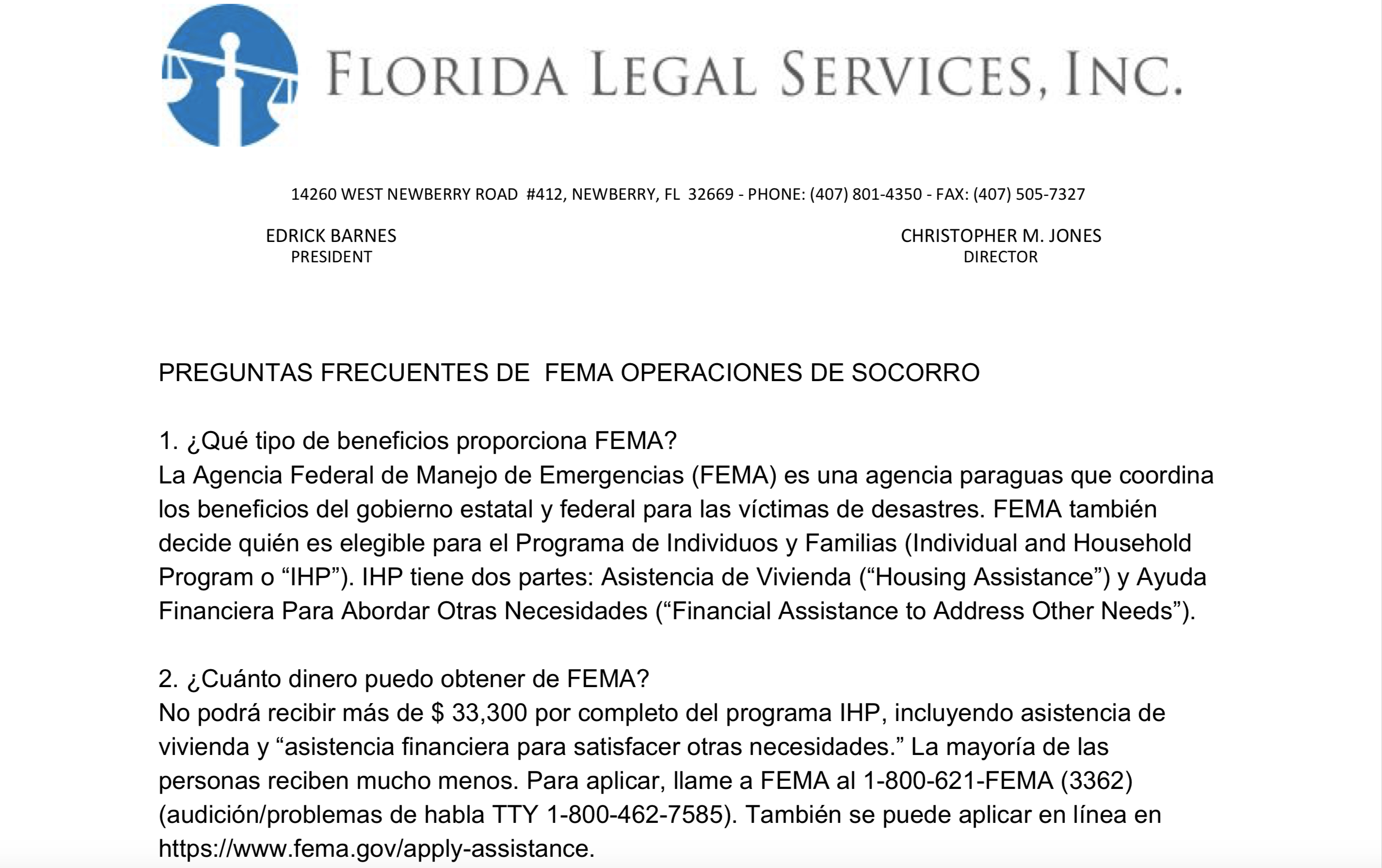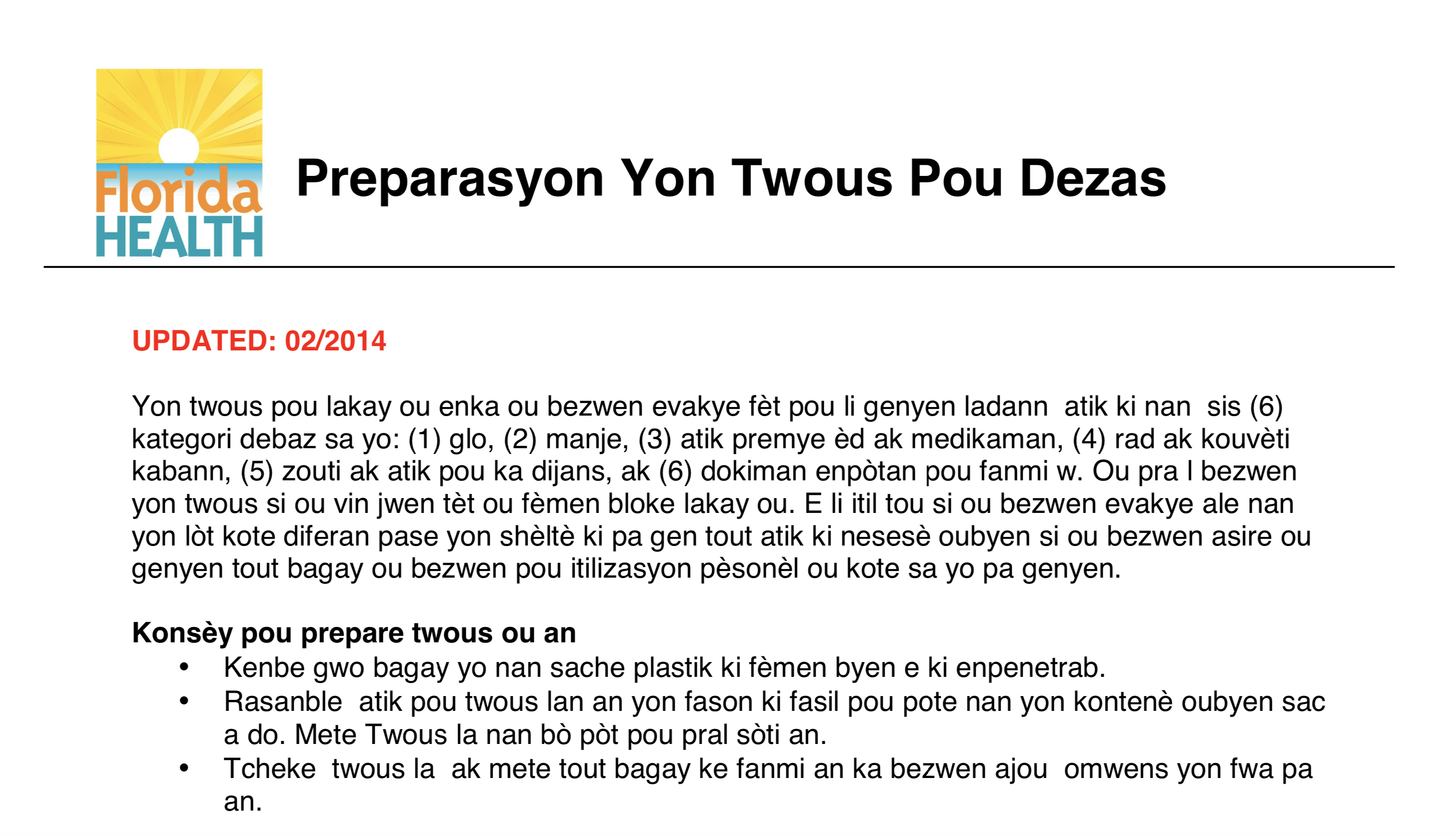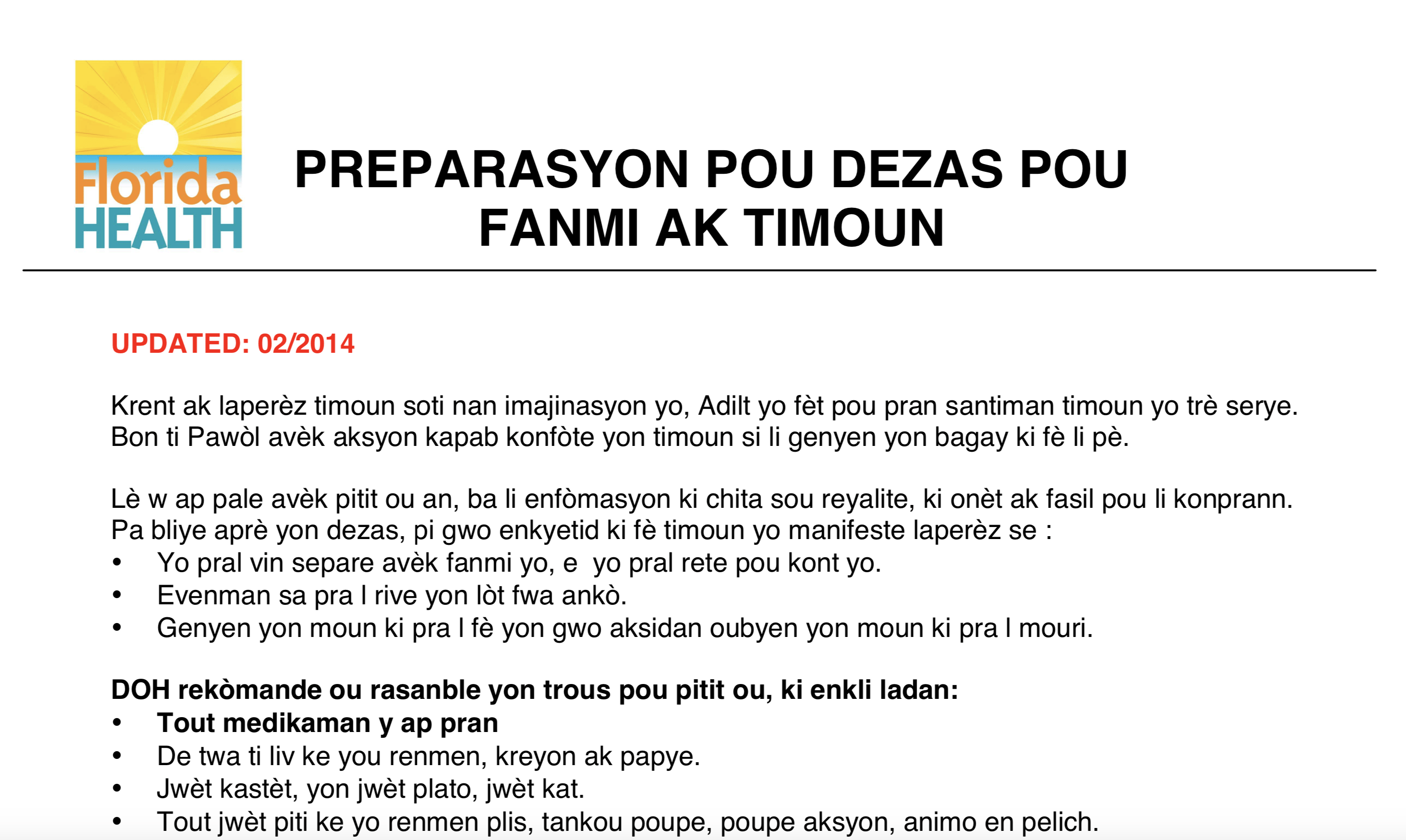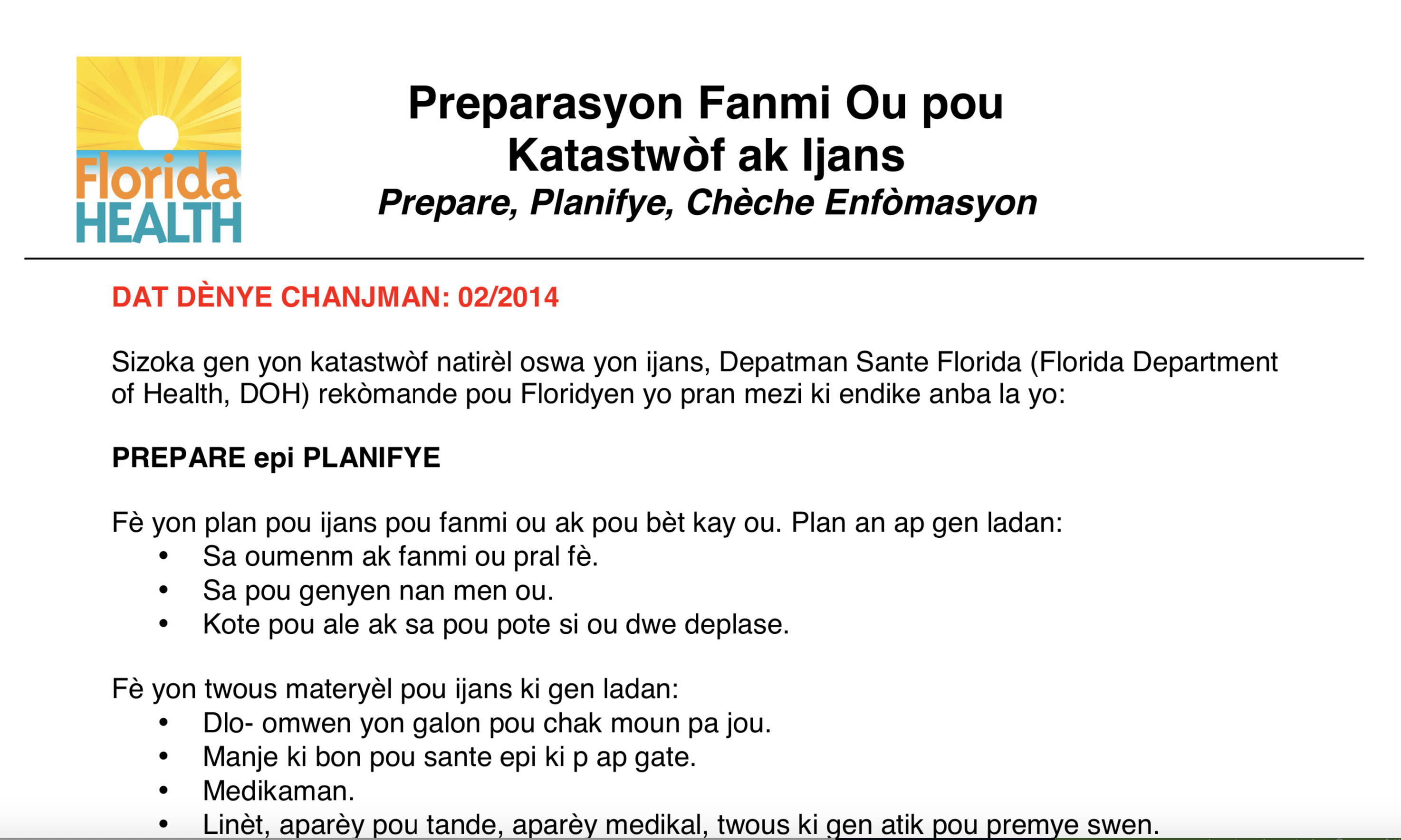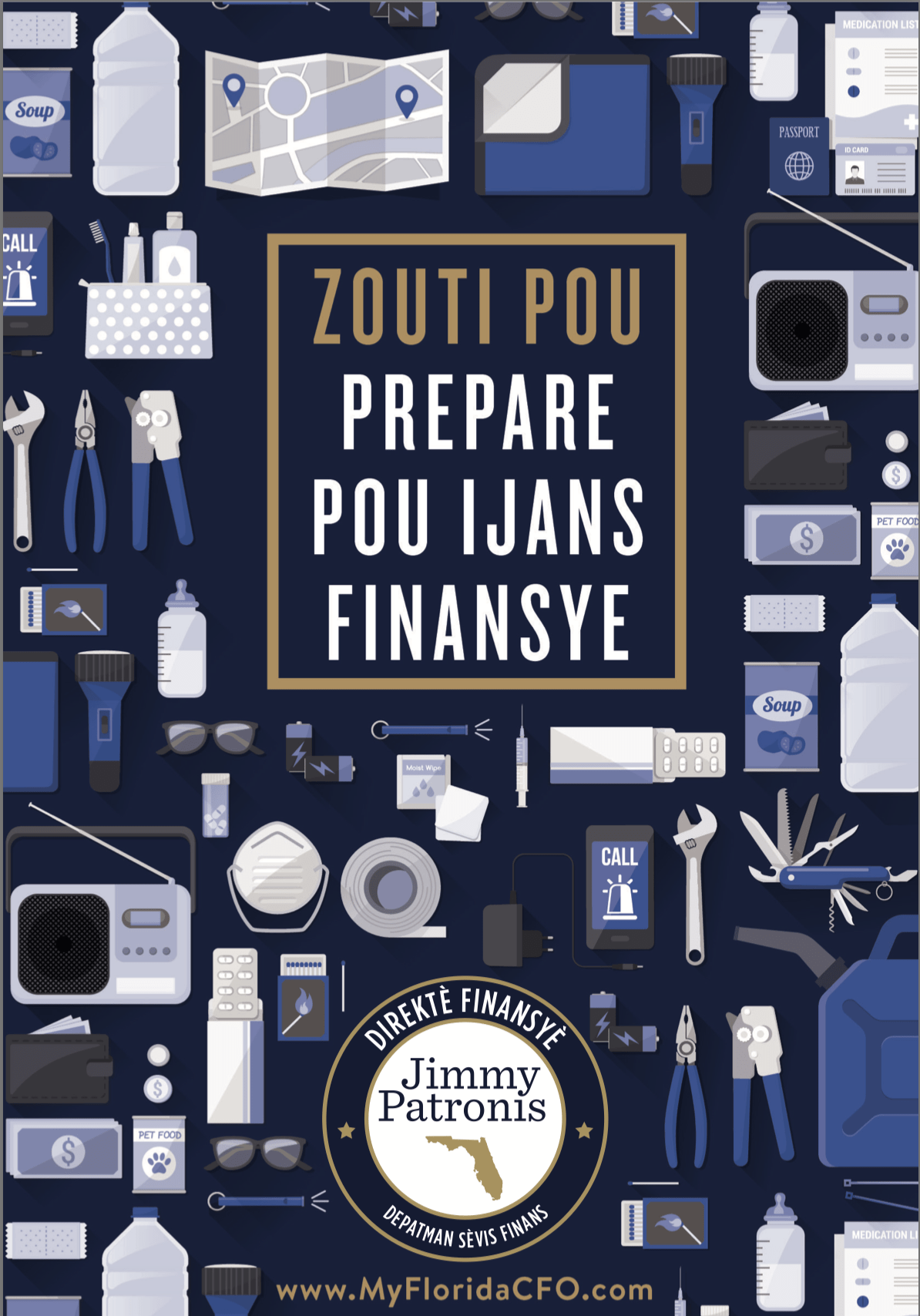Resource Map
Disaster Resilience Initiative Hurricane Response resources will be updated on this map as information comes in.
Information on when the Resilience Hubs and when the Shelters are open will appear on the map with hours and contact information.
Resilience Hubs are community-established places where supplies are distributed.
Facebook Feeds
English Publications
Spanish Publications
Creole Publications
Kesyon sekou dezas FEMA ki mande souvan
Frequently asked FEMA disaster relief questions
CFL DRI Survey Results 2019
Population
Households
Median Income in Dollars
- Damage by Type Other 22.6%
- Water Damage 19.4%
- Electrical Power 16.1%
- Roof Damage 16.1%
- Source of Repair Funds FEMA 33.3%
- Other 33.3%
- Home Insurance 22.2%
- Renters Insurance 11.1%
%
Percent Who Knew Where to Get Sandbags
%
Percent Who Knew How to get to an Emergency Shelter
%
Percent Who Knew What to Take to an Emergency Shelter
%
Percent Who Knew How to Comply with a Boil Water Order
Respondents ranked 26 different functions that are critical for a society to function. The rankings were from 1, which was “Most Vulnerable.” to 7, which was “Resilient and Sustainable.”
The 5 societal functions to the right had the lowest rankings, which appear in parentheses next to the function description.
- Top 5 Priority Gaps Identified Renewable vs Grid Energy (3.00)
- Communications (3.47)
- Agricultural Production Scale (3.60)
- Psychosocial Resilience (3.65)
- Climate Threat Mitigation & Transformation (3.66)

Tropical Systems
High Risk-Relative Threats to People, Property, the Environment, and Program Operations in Orange County

Sink Holes/Land Subsidence
High Risk-Relative Threats for Property in Orange County

Tornadoes
High Risk-Relative Threats to People, Property, and Program Operations
Percentile in the US. Diesel Particulate Matter National-Scale Air Toxics Assessment (5/2019)
What South Apopka Residents Are Saying
“They sent stuff in the mail for our handicapped daughter, so we got a flyer about handicapped shelters from the ESE program and Lighthouse program mailing list.”
“They pulled up the carpet and brought fans in. I’m disabled. I had to throw away 5 rooms of furniture. I didn’t apply for funding. I was afraid my income would go up and they would stop my disability benefits.”
“The shelves were bare, but we bought before.”
“Long lines”
“Ace was open for a while, then it closed before the hurricane.”
“Walmart was picked bare.”
“Water was hard to find.”
“I knew where [the shelter] was but couldn’t drive and I can’t see at night.”
“I have no car and would have to go to North Park.”
Frequently Asked Questions
What were the top vulnerabilities identified in the Mission Critical Functions Surveys?
- Renewable vs Grid Energy
- Communications Systems
- Agricultural Production Scale
- Psychosocial Resilience
- Climate Threat Mitigation & Transformation
What were the top concerns discussed at the Community Forum?
- Lack of community involvement
- Concern for safety
- Possible danger of flooding
- Communication
- Resources
What are the community's proposed solutions for priority concerns and the resources needed to address them?
1. Proposed Resilience Hubs at Phyllis Wheatley Elementary, John Bridges Community Center, New Destiny Christian Center, St. Paul AME Church, and Victory World Outreach Center
2. Robust construction regulations
3. Cooling centers in the community
4. Solar energy in the community
Florida Disaster Resilience Initiative Report: South Apopka
Contact Janice T. Booher, MS at JJLBooher@comcast.net or Joanne Perodin, MPH at Joanne.Perodin@gmail.com with questions.




Surveys discussed on this page were conducted under the auspices of Health Initiatives Foundation, Inc.’s Florida Disaster Resilience Initiative with funding from The Miami Foundation.
Website designed and maintained by Heron Bridge Education, LLC for Health Initiatives Foundation Initiatives, Inc. (2019)
Copyright © 2019 AGRR Initiative, Health Initiatives Foundation, Inc., All Rights Reserved


